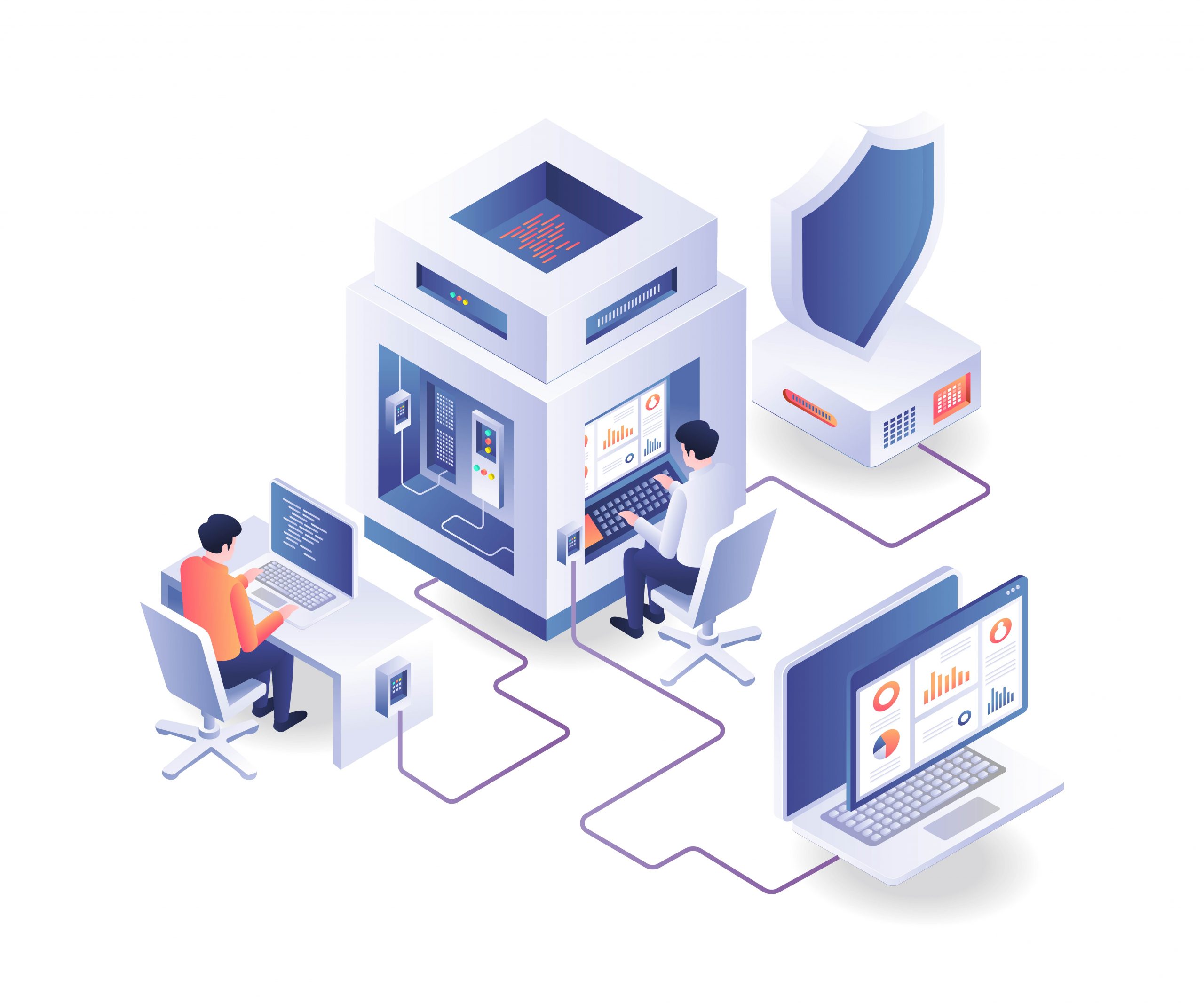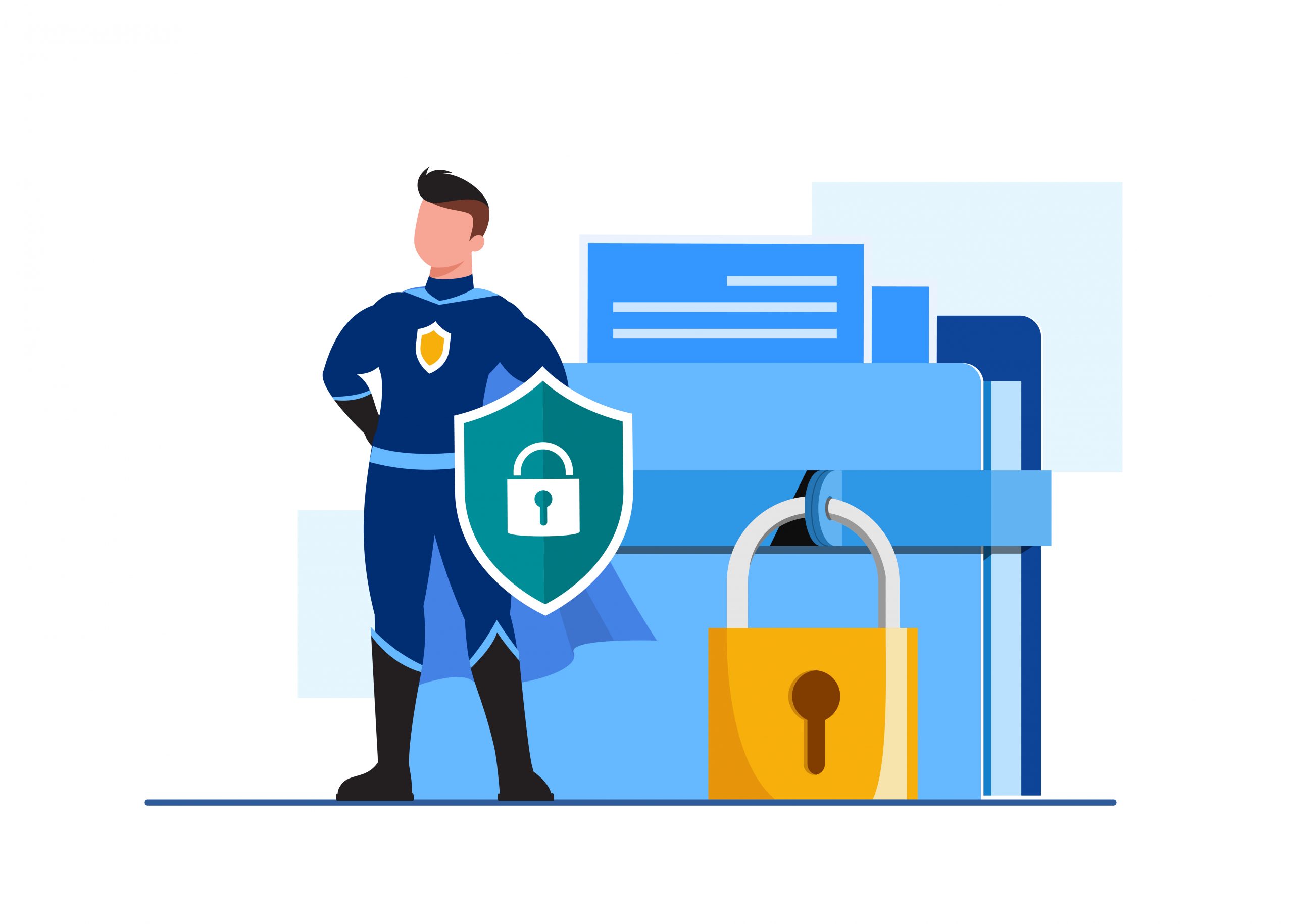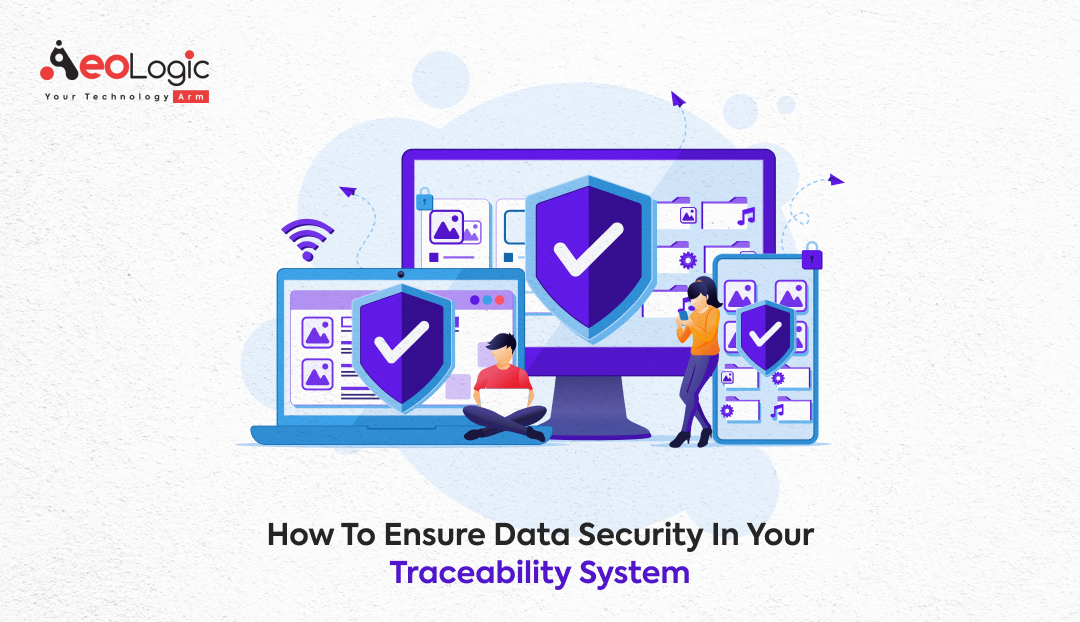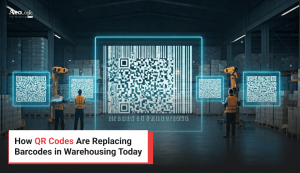In today’s digital age, where data is as valuable as gold, ensuring the security of this data, especially in traceability systems, is not just a necessity but a mandate. Traceability systems, which track and document the journey of products from origin to end-user, are becoming increasingly crucial in various industries, from food safety to pharmaceuticals. However, as these systems become more sophisticated, the risk of data breaches and cyber-attacks also escalates. So, how do you ensure data security in your traceability system? Let’s dive in.
Before we delve into the how, let’s understand the why. A report by IBM and the Ponemon Institute in 2021 revealed that the average cost of a data breach reached a staggering $4.24 million per incident, the highest in 17 years. This statistic alone underscores the critical importance of data security in traceability systems. Not only are financial repercussions at stake, but also customer trust, brand reputation, and regulatory compliance.
Why is Traceability Important in Data Security?

Think of traceability in data security like having a detective in a mystery movie. It’s super important because it helps you figure out what went wrong, when, and how. Imagine if someone sneaks into your system and steals information. Without traceability, it’s like trying to find a needle in a haystack. But with it, you can quickly spot where the problem started and fix it fast.
- Finding the Source of Problems: Traceability helps you quickly find out where a data leak or problem began. This is really important to stop the problem from getting bigger.
- Knowing How Data Moves: It’s like having a map of where your data goes inside your system. This helps you see if there are any weak spots where data can be stolen or lost.
- Following Rules: Many laws about keeping data safe say you need to have traceability. It’s not just about following these rules; it’s about really making sure your data is protected.
- Making People Responsible: When everyone knows that what they do with data can be traced, they’re more likely to be careful and responsible.
- Helping with Checks and Solving Problems: If something goes wrong, having a clear record of what happened with your data makes it easier and quicker to figure things out.
- Winning Trust from Customers: People care a lot about their data being safe. When they know you can track and protect their data well, they trust you more.
In simple terms, having traceability in your data security is like having a really good security system for your data. It helps you see clearly what’s happening, makes sure everyone is doing the right thing, and keeps your customers happy and trusting in you. By using traceability, you’re not just keeping data safe; you’re looking after the trust and respect of everyone involved with your business.
Also Read: Advantages of ERP Traceability for the Food Industry
10 Things to Ensure Data Security in Your Traceability System

Keeping your traceability system safe from cyber threats is crucial but can seem tricky. Here are 10 essential points to guide you in fortifying your system against digital threats and ensuring the utmost security of your data.
Also Read: The Role of Traceability in the Textile Industry
1. Start with a Solid Foundation: Risk Assessment
- Identify Potential Threats: Begin by understanding the types of risks your traceability system might face, including external threats like hacking and phishing and internal threats such as employee error or insider attacks.
- Assess Vulnerabilities: Evaluate where your system might be weak, such as outdated software, weak passwords, or lack of employee training.
- Develop a Response Plan: Once risks are identified, develop a comprehensive response plan. This plan should detail steps to be taken in the event of a security breach, ensuring quick action and minimal damage.
2. Implement Robust Data Encryption
Encryption is your first line of defense. By converting data into a code, especially during transmission, you significantly reduce the risk of unauthorized access. Ensure that both at-rest and in-transit data are encrypted using strong, industry-standard algorithms. Additionally, regularly review and update your encryption methods to keep up with advancing technology and emerging threats.
3. Regular Software Updates and Patch Management
Outdated software is an open invitation to cybercriminals. Regular updates and patches fix vulnerabilities that could be exploited. Automate this process to ensure you don’t miss any critical updates. Also, conduct regular security audits to ensure all software components in your traceability system are up-to-date and secure.
4. Strong Authentication Protocols
- Multi-Factor Authentication (MFA): This adds an extra layer of security beyond just passwords. Even if a password is compromised, MFA can prevent unauthorized access.
- Regular Password Updates: Encourage or enforce regular password changes and ensure they are strong and unique.
- Biometric Authentication: Consider incorporating biometric authentication, such as fingerprint or facial recognition, for enhanced security, especially for accessing sensitive data.
5. Employee Training and Awareness
Human error is often the weakest link in data security. Regular training sessions on best practices, recognizing phishing attempts, and the importance of data security in traceability systems can significantly reduce risk. Create a continuous learning environment where employees are regularly updated on new threats and security protocols.
6. Regular Backups and Recovery Plans
- Regular Backups: Ensure that your data is regularly backed up. This not only protects you in case of a data breach but also in situations like natural disasters or system failures.
- Recovery Plan: Have a clear, tested plan in place for data recovery. Time is of the essence in the event of a breach or loss.
- Cloud Storage: Consider using secure cloud storage solutions as part of your backup strategy. They offer scalability, remote access, and often come with their own set of robust security measures.
Also Read: The Role of Track and Trace in Tomorrow’s Production
7. Monitor and Audit
Continuous monitoring of your system can help detect and respond to threats in real-time. Regular audits, both internal and external, can also help identify and rectify any vulnerabilities. Implement advanced monitoring tools that use artificial intelligence and machine learning to predict and identify unusual patterns that could indicate a breach.
8. Compliance with Regulations
Adhering to relevant data protection regulations (like GDPR, HIPAA, etc.) is not just about legal compliance but also about ensuring best practices in data security. These regulations provide a framework that can guide your efforts in securing data in your traceability system. Regularly review and update your compliance strategies to keep up with changing laws and standards.
9. Partner with Reputable Vendors
If your traceability system involves third-party vendors, ensure they are reputable and have strong data security measures in place. Their vulnerabilities can become your vulnerabilities. Conduct thorough due diligence and regular security assessments of your vendors to ensure they meet your data security standards.
10. Foster a Culture of Security
Creating a culture where every employee understands the importance of data security in traceability systems and is committed to protecting it is crucial. This cultural shift can make a significant difference in safeguarding your data. Encourage open communication about security concerns and make it easy for employees to report potential threats or vulnerabilities.
Also Read: Traceability Solutions for Food and Beverage Packaging Industry
The Bottom Line
In conclusion, ensuring data security in your traceability system is a multifaceted approach that requires diligence, awareness, and continuous improvement. Remember, a breach can not only have financial implications but can also damage your reputation and customer trust irreparably. In a world where data is king, protecting it is not just a responsibility; it’s a necessity.
By implementing these strategies, you can significantly fortify your traceability system against the ever-evolving threats of the digital world. Stay vigilant, stay updated, and remember, the security of your data is the backbone of your business’s integrity and success.
In your journey to secure your traceability system, partnering with Aeologic Technologies can be your strategic step toward robust data security and peace of mind.









